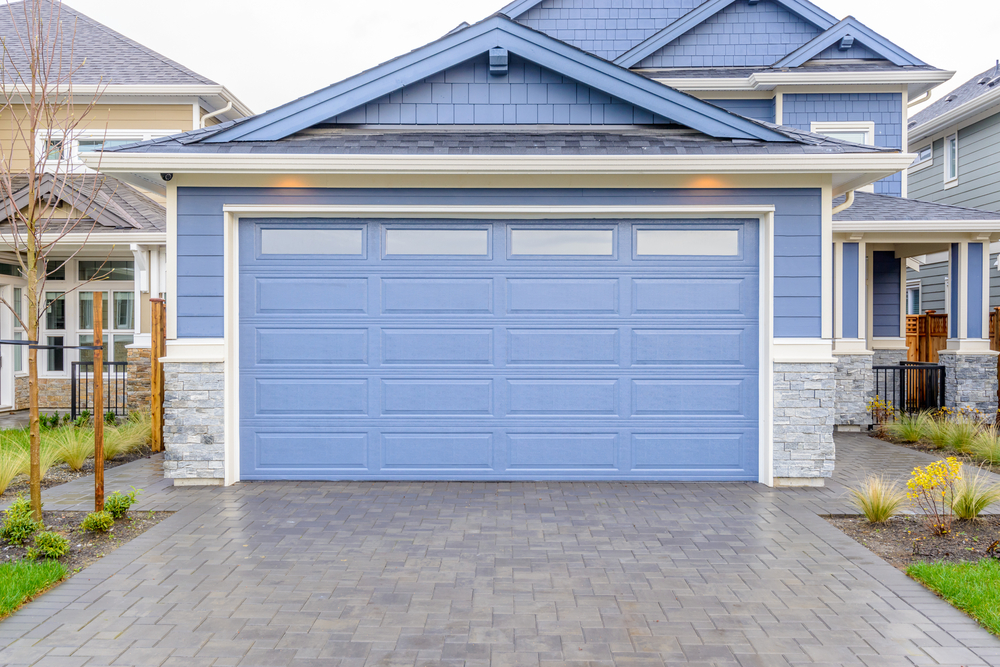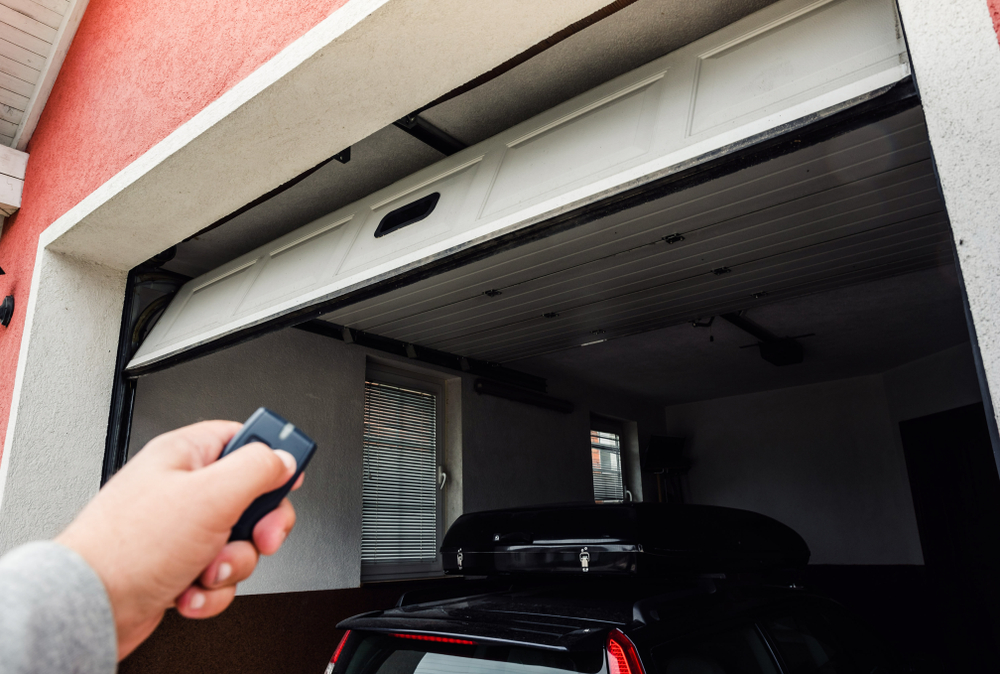

Three Signs of Mouse Damage to Your Garage Door
When the outdoor temperatures drop during the winter months of the year, rodents such as mice will try to find a place to stay warm. These critters can quickly chew through nearly any material in order to gain access to the warmth of your home. Find out the most common signs of mouse damage to your garage door and contact a professional for garage door repair to get it fixed so that no more mice can get inside.
A Hole in the Door’s Seal
Mice can chew through the rubber seal that is attached to the perimeter of your garage door. Even one mouse could do this in just a matter of hours. Garage door technicians can install a thicker seal or a metal barrier around the edges of the door in order to deter the mice from chewing into it. The metal seals are impenetrable and extend about six inches up from the bottom and corners of the door.
Shreds of Wood
You may discover a small hole accompanied by shreds of wood around the garage door. Mice can easily chew through a wooden panel in a garage door. They can do this with both the door for cars and a side door made of wood that people use to get in and out of the garage. A metal barrier can be installed by the door technicians. The technicians can also fill the hole and cover it with a metal patch.
Malfunctioning Garage Door Opener
A mouse can build a nest in a matter of hours. If your garage door will not work, there could be a mouse nest in its tracks or near the sensor. If there is a tiny gap between the floor and door, technicians can repair it with new copper mesh.











